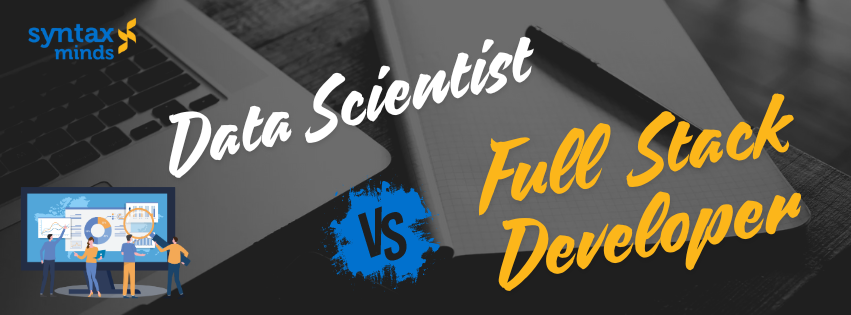Table of Contents
ToggleDATA SCIENTIST VS FULL STACK DEVELOPER
Certainly! Here’s an in-depth description and explanation of the roles, responsibilities, and skills of Data Scientists and Full Stack Developers, along with their differences and potential career paths.
Data Scientist
Definition:
A Data Scientist is a professional who utilizes scientific methods, algorithms, and systems to analyze and interpret complex data sets. Their primary goal is to extract meaningful insights from data to inform business decisions and strategies.
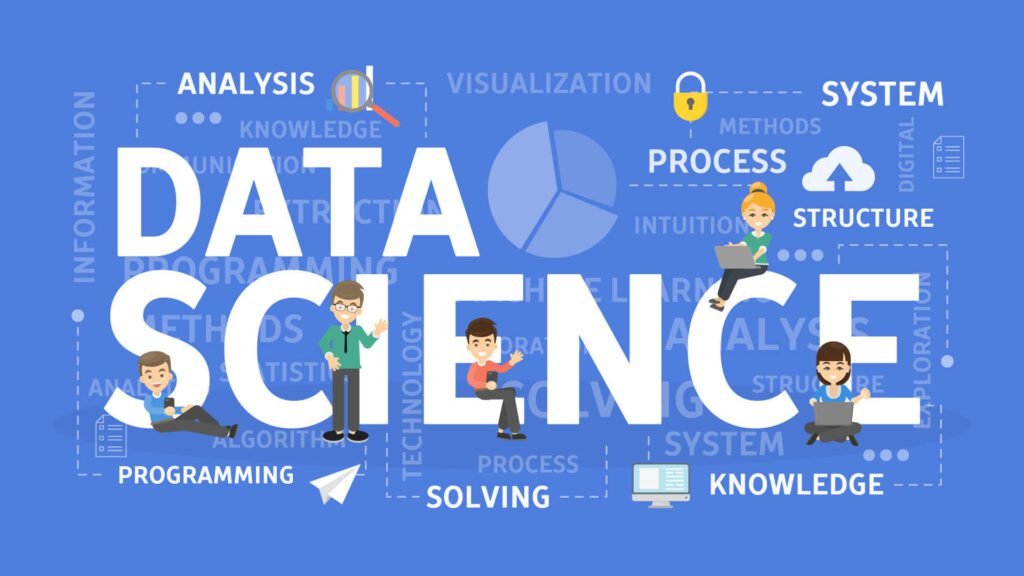
Key Responsibilities:
1. Data Collection and Cleaning:
Retrieve data from multiple sources, including databases, APIs, and external datasets. Clean and preprocess the data to handle missing values, outliers, and inconsistencies, ensuring high-quality datasets.
- Exploratory Data Analysis (EDA):
Use statistical techniques to explore data, identify patterns, and uncover relationships.
Visualize data to communicate findings using tools like Matplotlib, Seaborn, or Tableau.
- Model Building:
Develop and implement machine learning models to make predictions or classify data.
Fine-tune models using techniques such as hyperparameter tuning and cross-validation.
- Data Visualization:
Create visual representations (charts, graphs) to present insights clearly to stakeholders.
Use dashboards for ongoing monitoring of key metrics.
- Reporting:
Generate reports that summarize findings and suggest actionable insights for decision-makers.
Collaborate with business teams to understand their data needs and translate them into analytical solutions.

Key Skills:
Programming Languages: Proficiency in Python or R for data analysis and modeling.
Statistical Knowledge: Strong foundation in statistics and probability.
Machine Learning: Familiarity with machine learning frameworks like TensorFlow, Scikit-learn, or PyTorch.
Data Manipulation: Experience with libraries like Pandas and NumPy for data manipulation.
Databases: Knowledge of SQL and NoSQL databases for data storage and retrieval.
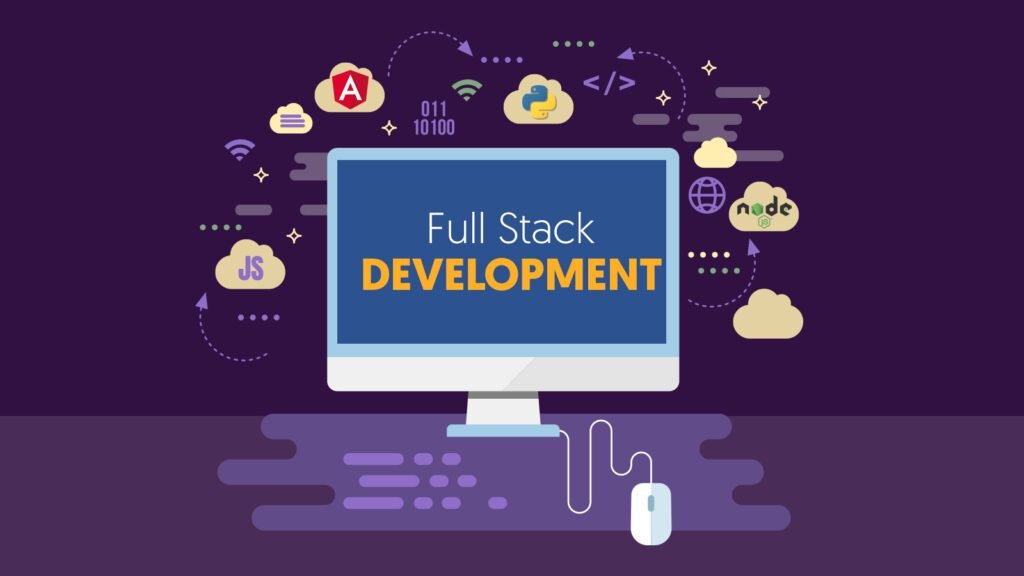
Full Stack Developer
Definition:
A Full Stack Developer is a software engineer skilled in both front-end and back-end development. They have the ability to create a complete web application, from designing user interfaces to managing server-side logic and databases.
Key Responsibilities:
- Front-End Development:
Design and implement user interfaces using HTML, CSS, and JavaScript frameworks (e.g., React, Angular, Vue.js).
Ensure a responsive and engaging user experience.
- Back-End Development:
Build server-side applications using languages like Node.js, Python, or Java.
Implement business logic and handle database interactions.
- API Development:
Create RESTful APIs to enable communication between the front end and back end.
Ensure data is properly transmitted and processed.
- Deployment and Maintenance:
Deploy applications on cloud services (like AWS, Azure) and manage hosting environments.
Monitor application performance and fix bugs or issues.
- Collaboration:
Work closely with UI/UX designers, project managers, and other developers to deliver a cohesive product.
Participate in code reviews and maintain code quality.
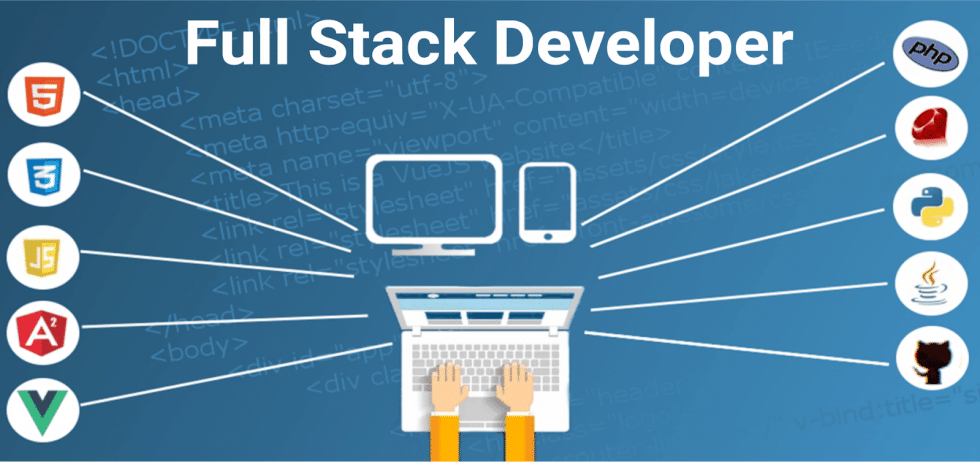
Key Skills:
Programming Languages: Proficiency in JavaScript for front-end and various languages (like Python, Java, or Node.js) for back-end development.
Frameworks: Experience with front-end frameworks (React, Angular) and back-end frameworks (Express, Spring Boot).
Web Technologies: Strong understanding of web technologies, including HTTP, REST, and JSON.
Databases: Familiarity with SQL (MySQL, PostgreSQL) and NoSQL databases (MongoDB).
Version Control: Proficient in using version control systems like Git.
Key Differences
Aspect Data Scientist Full Stack Developer
Primary Focus Analyzing data to extract insights Building and maintaining web applications
Key Skills Statistics, machine learning, data analysis Web development (front-end & back-end)
Typical Tools Python, R, SQL, TensorFlow, Tableau JavaScript, HTML, CSS, Node.js, React
Output Reports, visualizations, predictive models Functional web applications
Collaboration Works with business analysts and stakeholders Collaborates with designers an product
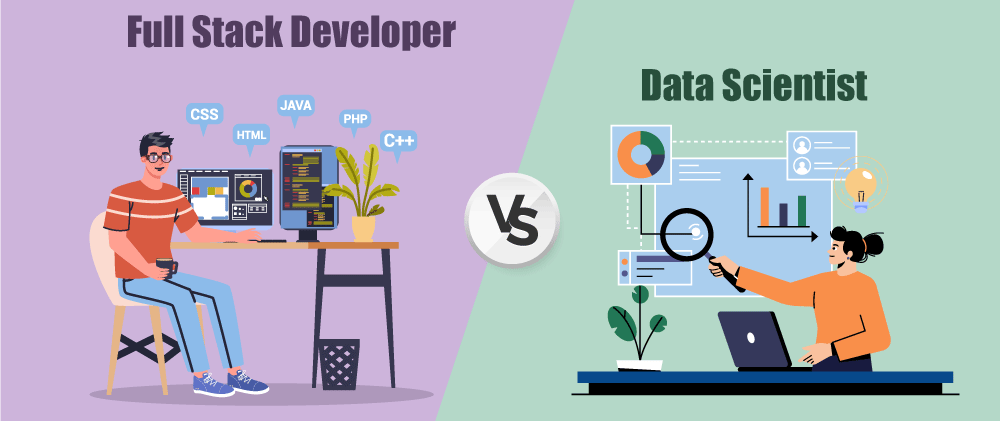
Conclusion
Both Data Scientists and Full Stack Developers play crucial roles in technology-driven organizations.
Data Scientists focus on interpreting and analyzing data to drive business decisions. They leverage statistical and machine learning techniques to uncover insights and trends.
Full Stack Developers concentrate on creating robust web applications, managing both the user-facing and server-side components.
Choosing between these paths depends on your interests: if you enjoy working with data and uncovering insights, data science might be the right choice. If you prefer building applications and working with web technologies, then full stack development could be more suitable. Both careers offer excellent growth potential and opportunities in today’s tech landscape.

